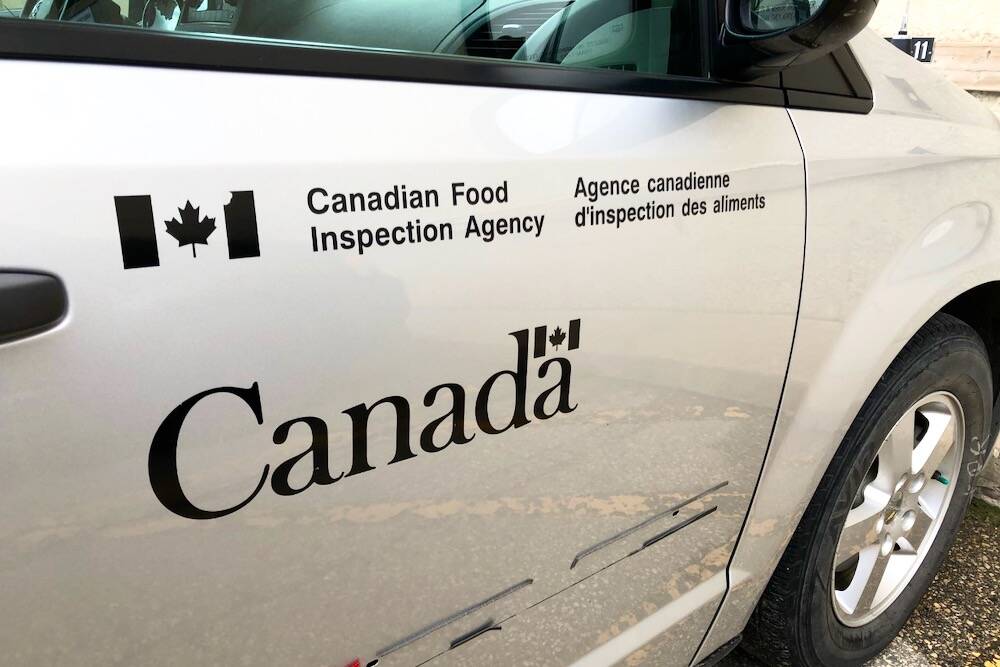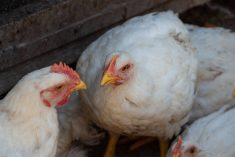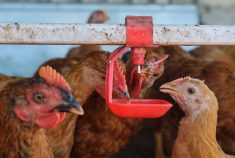(Resource News International) –– Dried distillers grains with solubles (DDGS) imported from the U.S. are accounting for more and more of the cattle feed rations in Western Canada. However, with the number of cattle on feed declining, imports of the ethanol byproduct may be nearing a plateau, according to market sources.
Canada imported 633,647 tonnes of DDGS in 2008-09, according to Statistics Canada data, up from 607,535 tonnes the previous year and well above the five-year average of 319,178. Imports of DDGS have increased significantly in the past few years, as U.S. ethanol production has also increased leaving more of the cheap feed ingredient to be marketed.
Read Also

CFIA adds controls for imports of Spanish feed ingredients after African swine fever outbreak
The Canadian Food Inspection Agency (CFIA) has added Spain to a list of countries subject to feed import controls due to an outbreak of African swine fever in that country.
Dave Guichon, a feed merchant with Ag Value Brokers in Calgary, said there were “decent volumes” of DDGS coming into southern Alberta from the U.S. ethanol sector. Many feedlots were booked with DDGS through December after making purchases over the summer, he said.
Guichon added that the large U.S. corn crop, together with the fact that the ethanol business is picking up, will mean that the resulting DDGS will need to go somewhere.
He expected they would continue to be priced into Canadian rations, especially as the good Canadian harvest weather will likely result in less feed wheat in Western Canada.
While he expected imports of DDGS to remain large, Guichon thought the market may have reached its plateau. “You can only put so much in,” he commented, noting that DDGS usually only make up 15-20 per cent of cattle rations.
Also, Guichon pointed out that the number of cattle on feed in Western Canada has been on the decline.
Adam DeLawyer, a DDGS merchant with Minneapolis-based CHS Inc., agreed that some Canadian feedlots may have maxed out how much DDGS they can put in their rations.
However, he thought there were still other feeders who have not used DDGS in the past and could be looking at them now. “I think there is still room to send more DDGS in,” said DeLawyer.
CHS is a major exporter of U.S. DDGS into the southern Alberta cattle feeding markets.
U.S. ethanol production is increasing, DeLawyer said, as the industry is once again seeing positive margins.
From a pricing standpoint, DeLawyer said the expectations for a large U.S. corn crop and increasing ethanol production have buyers looking for DDGS prices to go down. However, the winter months are the traditionally strong demand period for DDGS and prices normally go up during that time.
While sales have slowed down in recent weeks as some of the ethanol plants shut down for fall maintenance, DeLawyer said the two sides were already finding some common ground and thought business was picking up once again.














